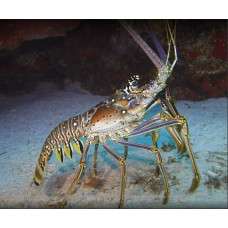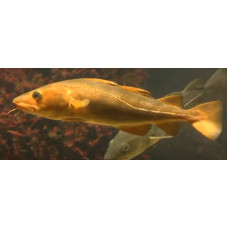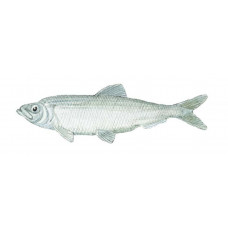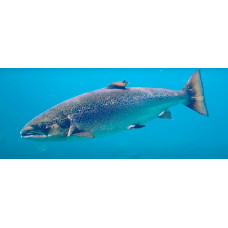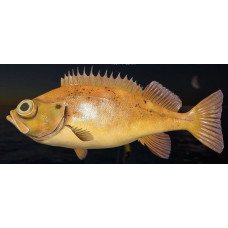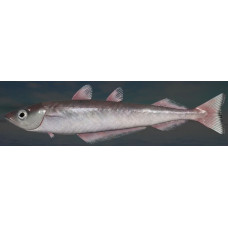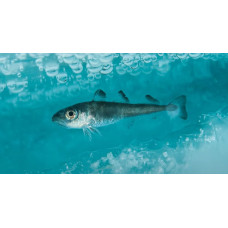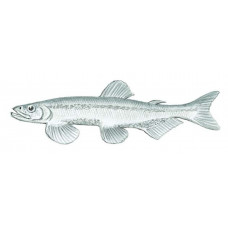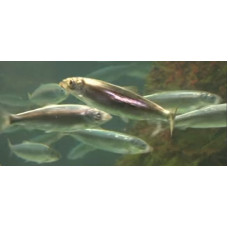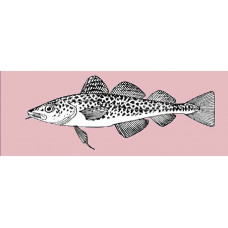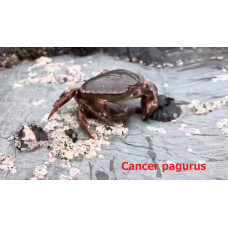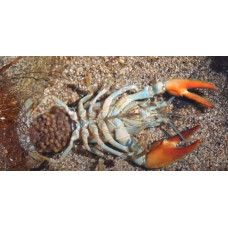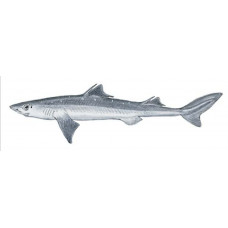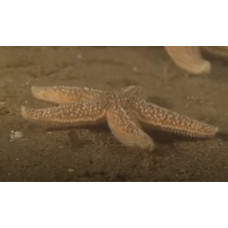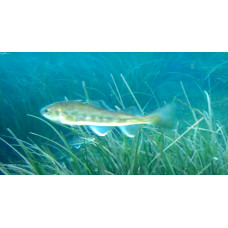Fauna of the Labrador Sea
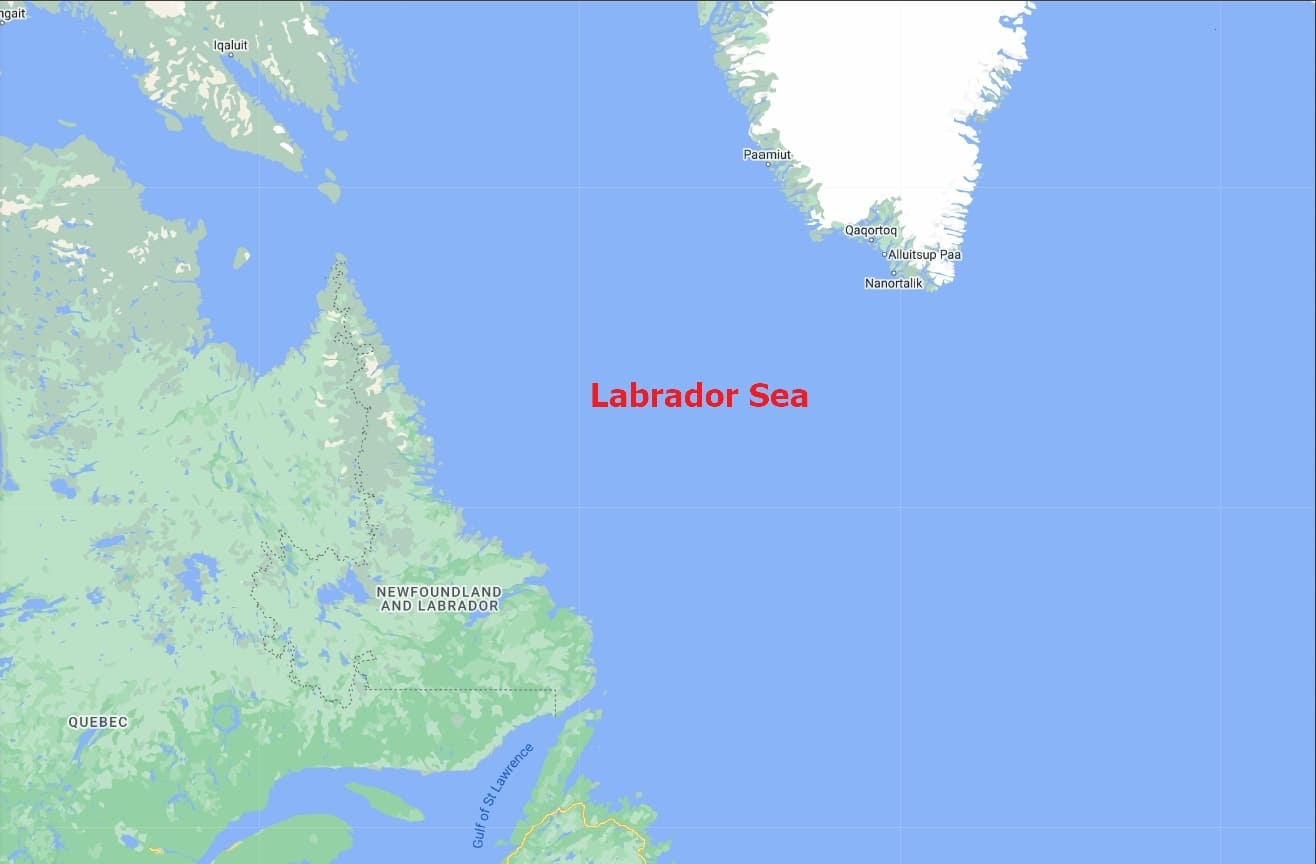 The animal life of the Labrador Sea is similar to that of the neighbouring Arctic seas, but there are also warmer-loving species. In summer, many species of gregarious fish and squid come here to feed.
The animal life of the Labrador Sea is similar to that of the neighbouring Arctic seas, but there are also warmer-loving species. In summer, many species of gregarious fish and squid come here to feed.
Common fishes of the Labrador Sea
There are many fish in the sea. In the coastal waters you can find several species of Gobiidae, Cottus, Liparis, American smooth flounder, yellowfin sole. In the open sea there are several species of Clupea (C. pallasii pallasii, Clupea harengus), haddock, hake, Gadidae (Boreogadus saida, Navaga, Arctogadus), blue whiting, mackerel and other species. Capelin, flounder, ammodytes are the most common in the southern parts of the sea. Cod and shrimp are harvested from ports on the Greenland coast in the Labrador Sea. Other commercially important species include Greenland halibut and Chionoecetes opilio. The Labrador Sea is also a feeding ground for Atlantic salmon.
Invertebrates of the Labrador Sea
Bottom invertebrates are represented by molluscs (cephalopods, bivalves, etc.), echinoderms (sea urchins), coelenterates (jellyfish), crustaceans (shrimps, crabs, lobsters, echinoderms), marine worms, etc.
Mammals of the Labrador Sea
Mammals include cetaceans (many species of rorqual), toothed whales, killer whales, dolphins and pinnipeds. Pack ice in the northern and western parts of the sea in early spring serves as a breeding ground for harp and hooded seals. Beluga whales have been virtually absent from the Labrador Sea since the mid-1950s.
Labrador Sea Reptiles
An unusual visitor to the Labrador Sea is the critically endangered leatherback sea turtle, the largest known reptile.
Labrador Sea Sharks
There are also several species of sharks. The Labrador Sea is often visited by the Greenland shark and the common porbeagle. Spiny dogfish are found along the mainland coast in the south and near the southern tip of Greenland Island. Great whites sometimes swim into the area around the southern tip of Newfoundland Island. In summer, the basking shark likes to swim in the southern parts of the sea and feed on zooplankton. The southern boundary of the sea is close to the range of sharks such as the blue shark, shortfin mako shark and hammerhead shark. There are no recorded incidents of shark attacks on humans in the Labrador Sea.
Achelata
Achelata are members of the Decapoda order of crayfish (Decapoda). The body length is up to 60 cm. T..
Atlantic cod
Atlantic cod (Gadus morhua) is a marine fish of the cod family. Body length up to 170 cm, weight up ..
Atlantic herring
Latin NameClupea harengus harengus (Linnaeus, 1758).Titles in different languagesHerring, Atlantic h..
Atlantic salmon
Atlantic salmon, noble salmon (Salmo salar) is a passage fish of the genus noble salmon. It lives in..
Beaked redfish
Latin nameSebastes mentellaOther namesDeepwater redfin, ocean perch, Atlantic redfish, Norway haddoc..
Blue whiting
Latin nameMicromesistius poutassouOther namesMerluci blu (Albanian), Kék puha tőkehal (Hungarian), B..
Boreogadus saida
Boreogadus saida is a marine fish of the cod family. The eyes are large. There is a very short anten..
Capelin
Latin name Mallotus villosus Other names Danish/Dutch/German/ Norwegian: lodde; French: capelin a..
Clupea
Clupea is a genus of fish in the family Clupeidae. Length is usually 33-35 cm, rarely up to 50 cm. T..
Cod, Atlantic
Latin name Gadus morhua Other names Cod, codfish, codling, scrod; French: morue de l’Atlantique; ..
Crabs
An infraorder of ten-legged crustaceans living in salt and fresh water.Crabs (Brachyura) are short-t..
Crustaceans
Crustacea is a class of invertebrates of the Arthropoda type. It includes animals with body length f..
Dogfish, Spiny
Latin name Squalus acanthias Other names Dogfish, dog shark, grayfish, Pacific grayfish, Pacific ..
Echinodermata
Echinodermata are an independent and very peculiar type of the animal world. According to the plan o..
Eleginus nawaga
Eleginus nawaga is a marine fish of the cod family. The antennae are not large. Three dorsal fins, t..

